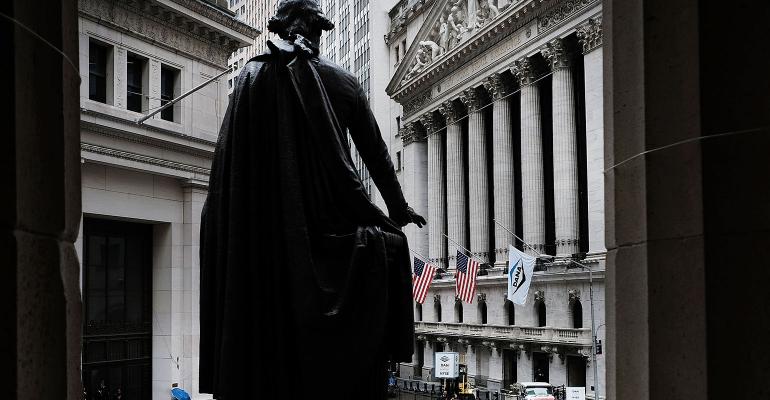By Krishna Memani
Election 2016 proved to be a populist vote by a substantial portion of the population against their current state of affairs. Similar to June’s Brexit vote, this was a shot across the bow of the nation’s elite and the proponents of free trade and globalization.
In the near term, this creates ongoing uncertainty for financial markets. I believe that uncertainty will persist longer than it did in the aftermath of the Brexit vote and would not expect a similar rebound in markets. The election of Donald Trump has created a much higher level of ambiguity as investors now attempt to parse his policy proposals and understand his protectionist instincts.
Over the intermediate-term the result of the election will be evaluated along four dimensions:
- Fiscal stimulus – for the first time in a very long time the U.S. has an opportunity to pursue expansive infrastructure spending and tax cuts. This is radically different than what we have had over the past eight years.
- Anti-globalization – We cannot ignore this and it could have severe implications for financial assets including multi-national companies.
- Regulation – Already the market is favoring the energy and financial sectors while the components of the health care industry that have been benefitted by the Affordable Care Act are taking a hit.
- Interest rate policy – The world has been dealing with a fear of deflation. There is an opportunity to change that dialogue in the world’s largest economy as the future Trump administration attempts to get the economy going again through fiscal spending, tax cuts, and the deregulation of businesses. The Federal Reserve (Fed) remains in play in December but there is an increasing probability that there will be no rate hikes in 2016.
In my view, the near- to medium-term implications for markets are as follows:
- The U.S. Treasury yield curve will steepen as investors adjust their expectations for inflation higher. As a result investors should favor shorter-duration assets as opposed to longer-duration assets. This includes but is not limited to short-term bonds over long-term bonds, value-oriented stocks over growth stocks, small-cap domestic-oriented companies over large-cap multi-national companies, senior loans over high yield bonds.
- The recent strong flows into emerging markets will likely stall as investors attempt to navigate the new political environment.
- The U.S. dollar is likely to be weaker against perceived safe-haven currencies like the Yen.
- The energy patch will benefit and commodities should perform well as the U.S. dollar weakens.
I believe that the long-term risks to the equity market are clear. A prolonged period of political uncertainty and overextended protectionist policies will not be good for risk assets. Stagflation is not out of the realm of possibilities. Watch long-term bond yields, credit spreads and the relationship between the dollar and the Yen for clues.
However, it is not time to panic. There is a good case to be made that things will change for the better and I assign a high probability to a potential course higher for the markets. That route includes timely and targeted fiscal stimulus, lower tax rates, and the deregulation of business all of which could support growth and raise inflation expectations to the benefits of equity markets and corporate bonds.
For more news and commentary on current market developments, view the full archive of Krishna Memani’s CIO Insights and follow @KrishnaMemani.

